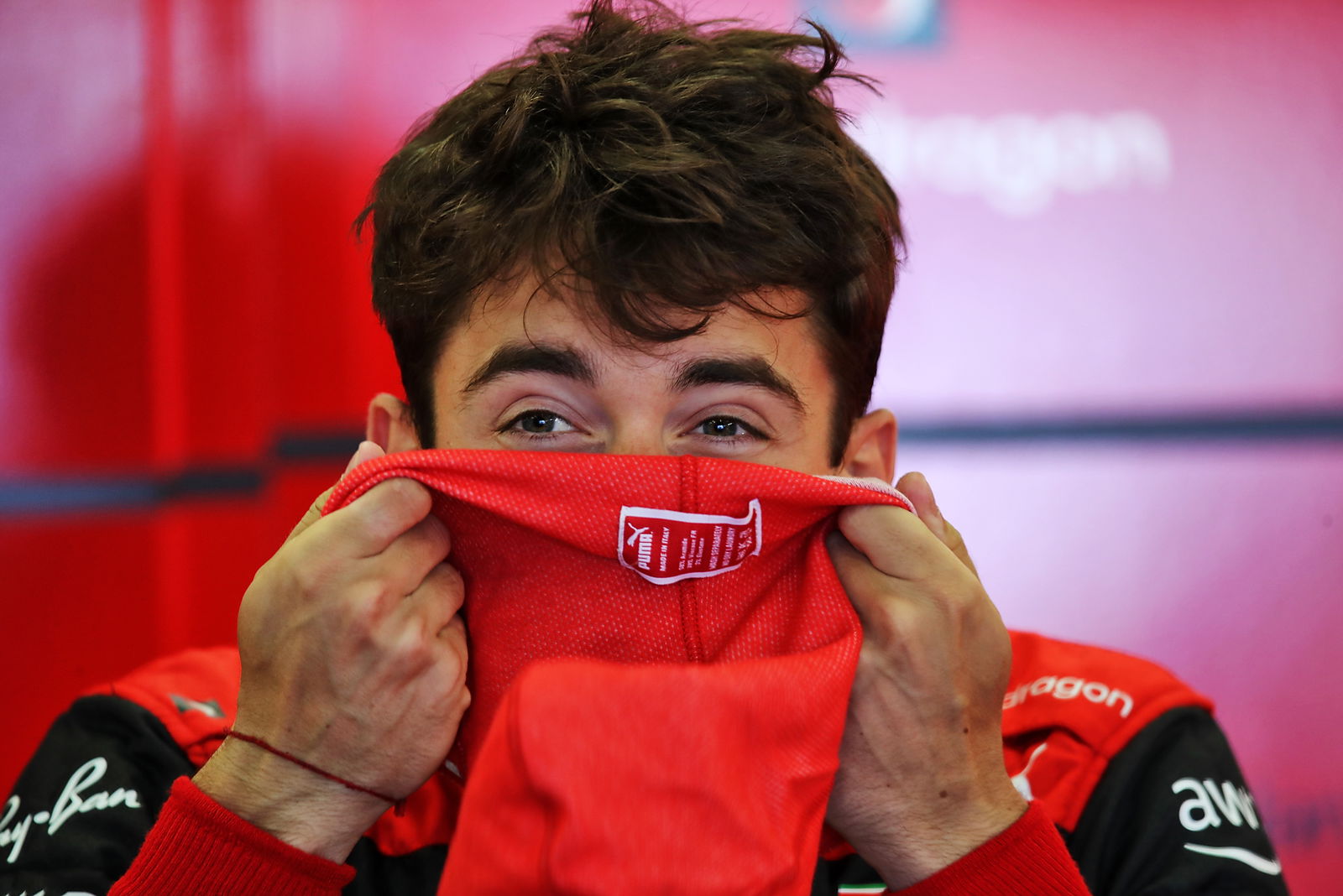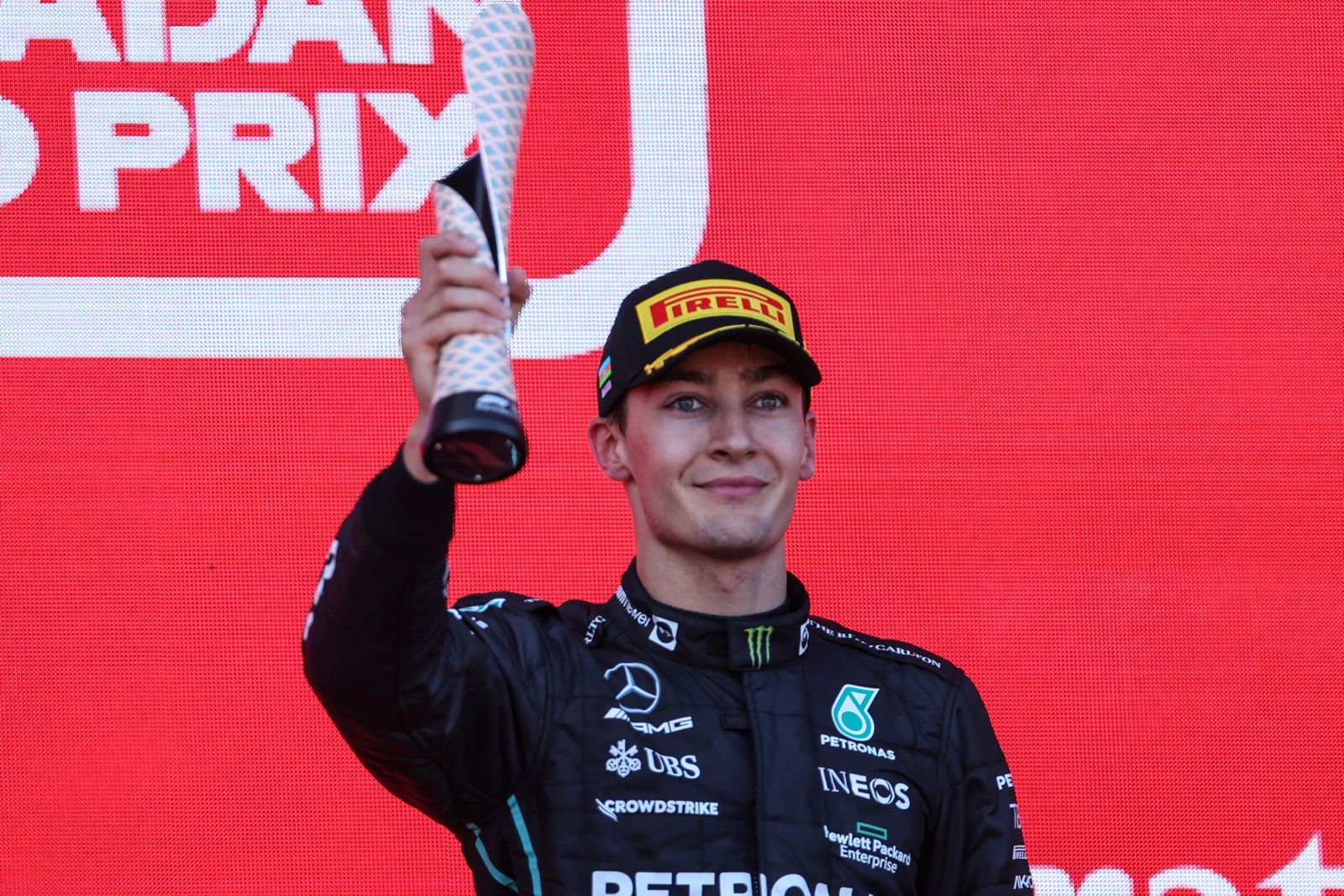Lewis Hamilton’s problems: Safety issue or “bitching?” How is porpoising fixed?

Hamilton emerged from his car gingerly after finishing fifth in the F1 Azerbaijan Grand Prix but has confirmed his availability for next week’s race in Canada despite Mercedes boss Toto Wolff's warning that he had hurt his spine.
The porpoising phenomenon (where cars severely bounce) has dominated the F1 paddock since pre-season testing, with all of the teams initially suffering from bouncing as a result of the new ground-effect cars.
Since the first pre-season test, some teams, most notably Red Bull, haven’t suffered from it as much, while Mercedes continues to struggle to eradicate the bouncing effect.
- ‘Trouble sleeping’ and ‘acupuncture’ - Hamilton’s injury update
- DRIVER RATINGS: We gave one 10/10... but it wasn't for Max Verstappen...
- “Argh, my back is killing me!” - Hamilton in agony after 'most painful race'
Teams can stop the porpoising effect by raising the ride height of their cars but by doing so, it is at a detriment to the car’s performance as it loses downforce.
As a result, teams such as Mercedes continue to run their cars as close to the ground as possible as they try to extract the most performance from their W13.
On the other hand, Red Bull have been less affected and thus have opened up a significant lead in both championships following their latest win on Sunday in Baku.
“Bitching? Complaining?”
Horner thinks that the drivers and teams who are most affected are exaggerating their concerns in hope of the rules being changed in their favour, such as there being a minimum ride height.
“I mean, look, you can see it’s uncomfortable, but there are remedies to that,” Horner said. “But it’s to the detriment of the car performance. What is the easiest thing to do is to complain from a safety point of view, but each team has a choice.”
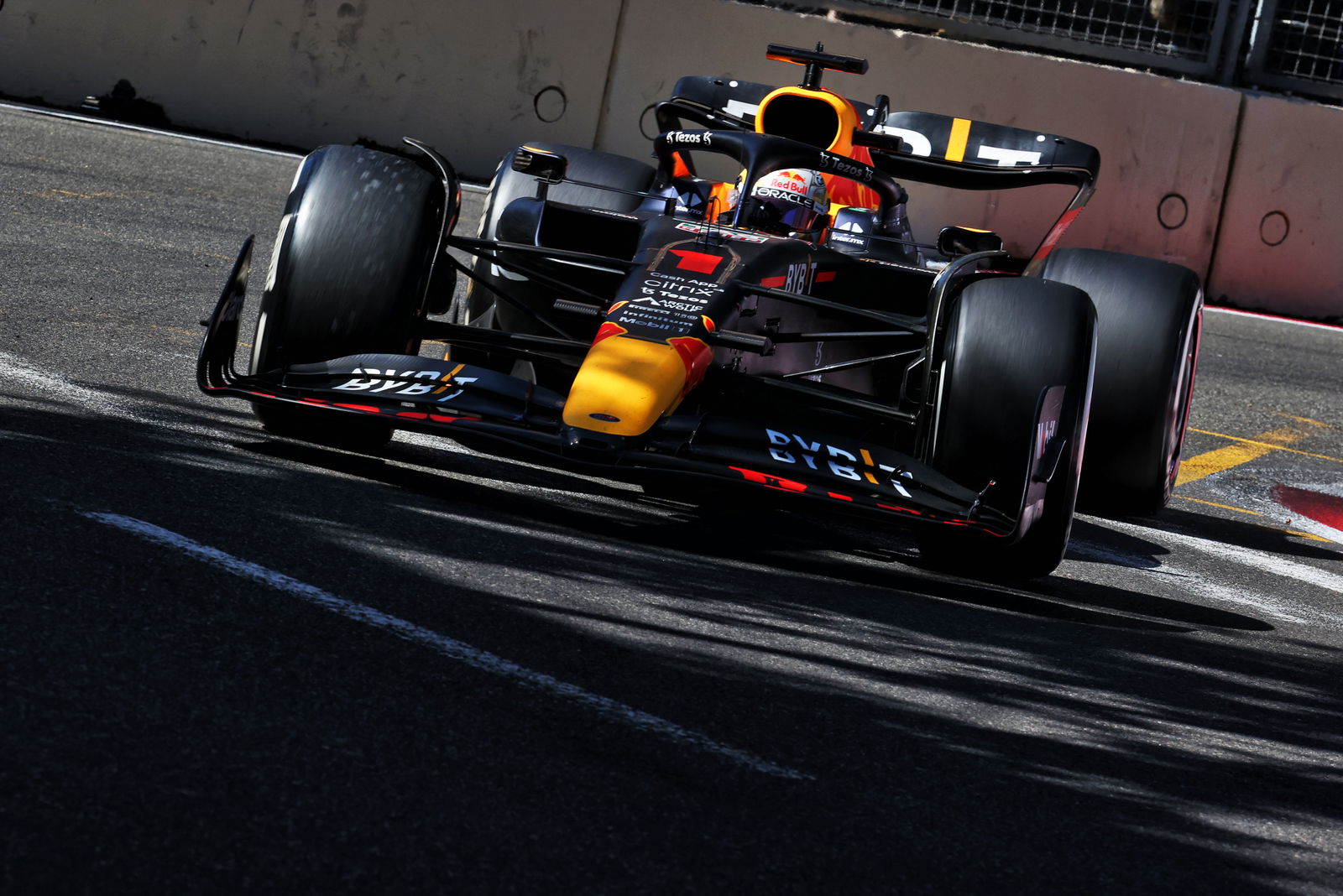
When asked about the fears about safety concerns, Horner made it clear that it is a team’s responsibility to make adequate modifications to stop it from happening.
“You have a choice where you run your car, don’t you? And you should never run a car that’s unsafe,” Horner said. “But, I think that’s more for the technical guys because there are certain cars that have issues, and there are some cars that have very few issues.
“It would seem unfair to penalise the ones that have done a decent job versus the ones that have perhaps missed the target slightly.”
Mercedes have been most vocal about porpoising causing potential safety concerns, with Hamilton visibly fatigued after the race on Sunday after being in agony throughout the 51 laps.
“I think if it was a genuine safety concern across the whole grid, then it’s something that should be looked at. But if it’s only affecting isolated people or teams then that’s something that that team should potentially deal with.”
While Horner feels that teams are overplaying their concerns, he admitted that Red Bull would do the same as their rivals if they were negatively being impacted by porpoising.
“I’d tell them to bitch as much as they could on the radio and make as big an issue out of it as they possibly could,” Horner explained. “It’s part of the game.”
Mercedes’ safety concerns
Mercedes have been most vocal about wanting changes to be made amid concerns about driver safety.
Hamilton was in discomfort after shouting during the grand prix: “Argh, my back is killing me!”
Hamilton then said: "Happy it’s over. Sore. That was the most painful race I’ve experienced, the toughest race I’ve experienced.”
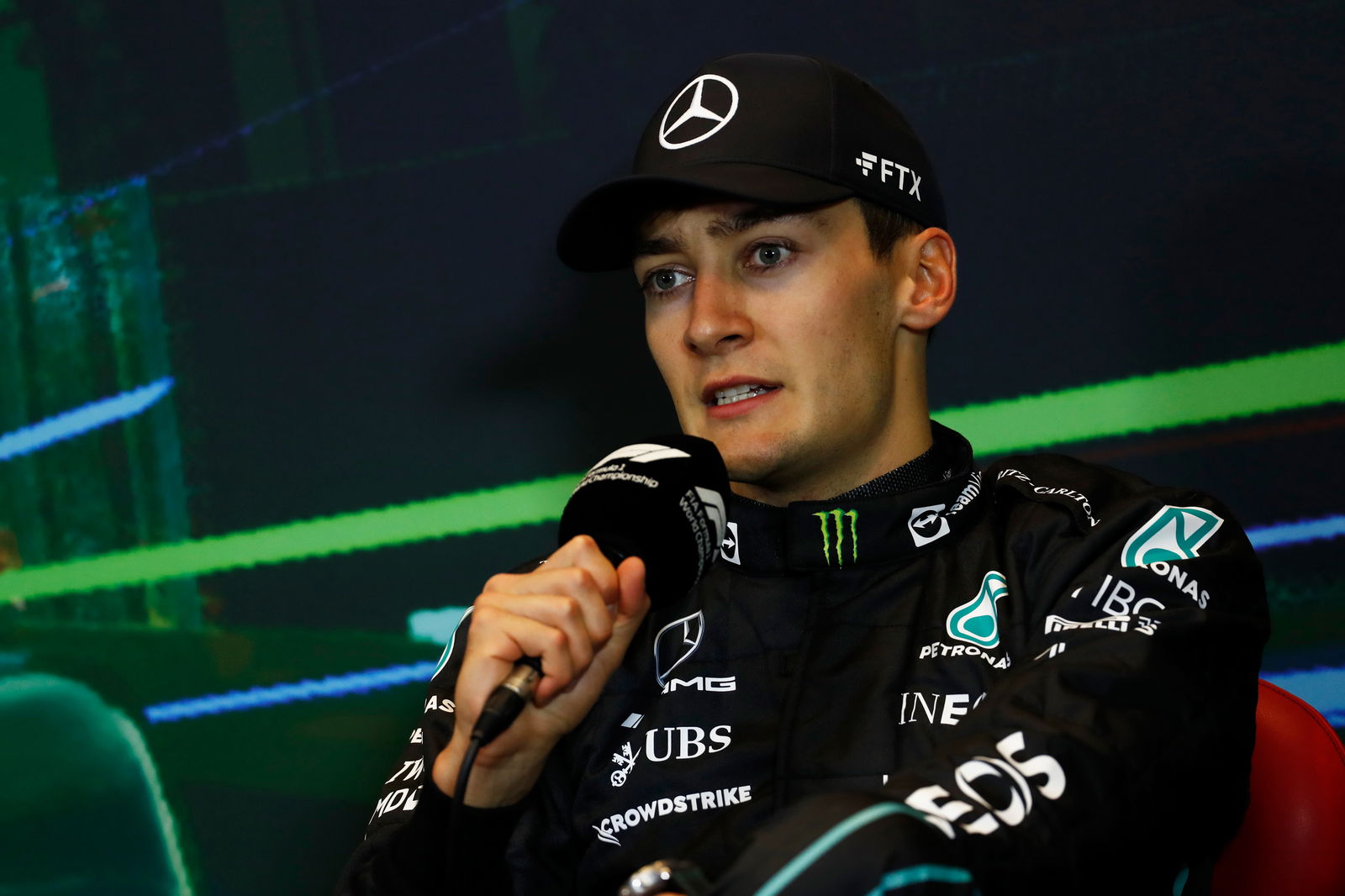
While teammate George Russell didn’t appear to be in the same discomfort, likely due to not running an identical setup to his teammate as Hamilton revealed he was running with a different rear suspension, he explained his concerns as director of the Grand Prix Drivers’ Association (GDPA) that a high-speed accident is waiting to happen.
“We’ve kind of got on top of the porpoising issue,” Russell explained. “We’re now so close to the ground to get the maximum aerodynamic benefits and it’s just brutal out there and being shaken to pieces.
“I can barely see where to brake at the end of a straight because we’re bouncing around so much and I don’t think we’re the only car.
“I think probably half of the grid are in the same boat and frustratingly, probably Ferrari are in the same boat, but they somehow seem to make it work. So, let’s see. Everybody’s working super hard to try and resolve these issues.”
The issue has been exacerbated by Baku’s track surface, given it is a street circuit naturally it is bumpier than a conventional grand prix circuit such as Silverstone.
“I think it’s just a matter of time before we see a major incident,” Russell added. “A lot of us can barely keep the car in a straight line over these bumps. We’re going around the last two corners at 300 kilometres an hour, bottoming out. You can visibly see on the tarmac how close the cars are running to the ground.
“So I don’t really know what the future holds, but I don’t think we can sustain this for three years or however long these regulations are enforced.”
Mercedes boss Toto Wolff even suggested after the race that Hamilton could be forced to miss this weekend’s Canadian Grand Prix as a result of the injuries he sustained in Baku, although the 37-year-old has confirmed he will participate after treatment.
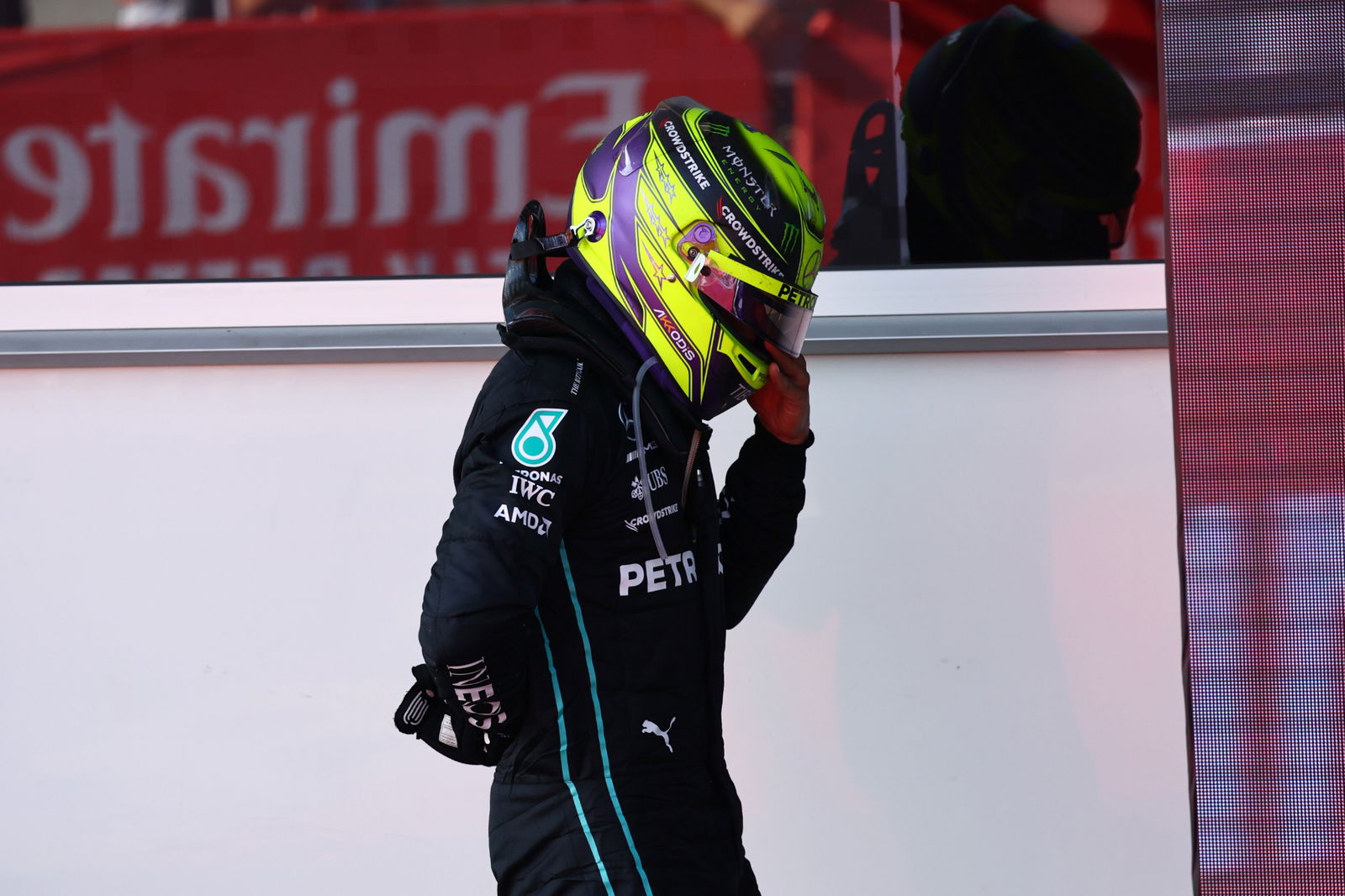
Wolff has also called on for the rules to be changed given that there’s agreement among the drivers.
“But he's [Hamilton] really bad,” Wolff said. “We have just got to find a solution. At this stage, I think he is maybe the worst affected from all drivers.
“But pretty much everyone, as far as I understood from the drivers, said that something needs to happen. But I couldn’t give you an explanation that that is.”
The FIA’s conundrum - how to fix porpoising
Safety remains at the heart of the FIA’s agenda so they will be taking all of the drivers' and teams' concerns seriously.
Outside of Red Bull and Mercedes, Daniel Ricciardo also complained about porpoising during Sunday’s Azerbaijan Grand Prix - with McLaren one of the least affected teams this season, while Ferrari’s Carlos Sainz has pointed it out in the past.
Wolff told Sky Sports in Germany that all drivers except Fernando Alonso are supportive in that the bouncing is a problem - whether all of the teams are, is a different story altogether.
The FIA could implement a mandatory ride height limit to ensure teams aren’t running their cars too slow where they’re compromising safety.
This would eradicate the issue and ensure drivers’ safety is put first - one of the FIA’s key mantras.
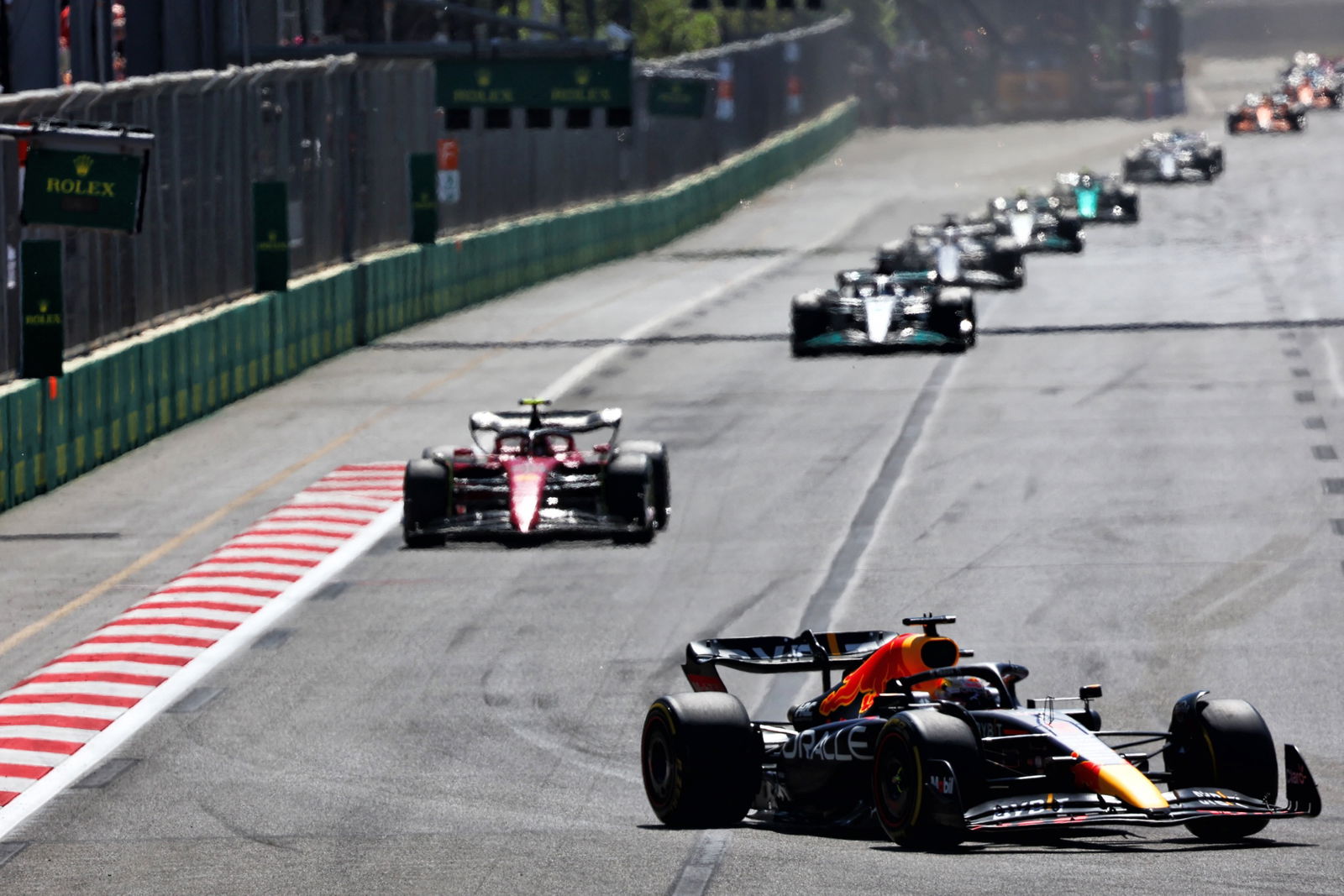
However, as Horner explained, it would be unfair on teams such as Red Bull and Alfa Romeo, who don’t suffer as much from the bouncing sensation, for designing their cars well but are being negatively impacted by the rival teams' complaints.
There’s no right answer but if teams are truly concerned about driver safety, they should compromise their car setup, but realistically, everyone is chasing performance and lap time is everything.
F1 politics are part of the sport and this is just the latest saga to play out.
